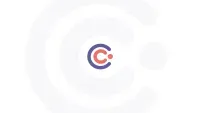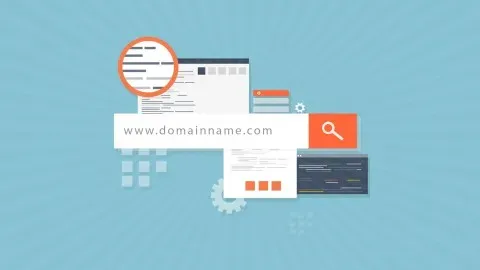
Explore Tools and Resources Used for Website Development

This guide provides an overview of the essential tools and resources needed to begin website development in 2020. It covers the basics of web development and provides helpful tips for getting started.▼
Course Feature
![]() Cost:
Cost:
Paid
![]() Provider:
Provider:
Eduonix
![]() Certificate:
Certificate:
No Information
![]() Language:
Language:
English
![]() Start Date:
Start Date:
Course Overview
❗The content presented here is sourced directly from Eduonix platform. For comprehensive course details, including enrollment information, simply click on the 'Go to class' link on our website.
Updated in [March 06th, 2023]
This course provides an introduction to the tools and resources used for website development. Participants will learn about how the internet works, what a web browser does, how computers connect to DNS, how files are sent from a server to a computer browser, and the different file types for web-based coding. Additionally, the course will cover coding tools, editors, and online editors, as well as resources for learning to code. Participants will also learn about useful tools and code checking, web developer tracking of projects and communication, tips to grow and expand with web development, and interesting resources and useful stuff.
[Applications]
After completing this course, students should be able to apply the knowledge they have gained to create and maintain websites. They should be able to use the tools and resources they have learned about to create and debug code, track projects, and communicate with other web developers. Additionally, they should be able to use the resources they have learned about to continue to grow and expand their knowledge of web development.
[Career Paths]
1. Web Developer: Web developers are responsible for creating and maintaining websites. They use a variety of coding languages and technologies to create websites that are both functional and visually appealing. Web developers must have a strong understanding of HTML, CSS, JavaScript, and other web development tools. They must also be able to troubleshoot and debug any issues that arise. The demand for web developers is growing as more businesses move online and the need for web-based applications increases.
2. Front-End Developer: Front-end developers are responsible for creating the user interface of a website. They use HTML, CSS, and JavaScript to create the look and feel of a website. They must be able to create a website that is both visually appealing and functional. Front-end developers must also be able to troubleshoot and debug any issues that arise. The demand for front-end developers is growing as more businesses move online and the need for web-based applications increases.
3. Back-End Developer: Back-end developers are responsible for creating the server-side of a website. They use a variety of coding languages and technologies to create the back-end of a website. They must be able to create a website that is both secure and efficient. Back-end developers must also be able to troubleshoot and debug any issues that arise. The demand for back-end developers is growing as more businesses move online and the need for web-based applications increases.
4. UX/UI Designer: UX/UI designers are responsible for creating the user experience of a website. They use a variety of tools and techniques to create a website that is both visually appealing and user-friendly. UX/UI designers must also be able to troubleshoot and debug any issues that arise. The demand for UX/UI designers is growing as more businesses move online and the need for web-based applications increases.
[Education Paths]
1. Bachelor of Science in Computer Science: This degree path provides students with a comprehensive understanding of computer science, including programming, software engineering, and computer systems. Students will learn the fundamentals of computer science, as well as the latest technologies and trends in the field. This degree path is ideal for those looking to pursue a career in web development, as it provides the necessary skills and knowledge to develop and maintain websites.
2. Bachelor of Science in Information Technology: This degree path focuses on the application of technology to solve business problems. Students will learn the fundamentals of computer science, as well as the latest technologies and trends in the field. This degree path is ideal for those looking to pursue a career in web development, as it provides the necessary skills and knowledge to develop and maintain websites.
3. Master of Science in Web Development: This degree path focuses on the development of websites and web applications. Students will learn the fundamentals of web development, as well as the latest technologies and trends in the field. This degree path is ideal for those looking to pursue a career in web development, as it provides the necessary skills and knowledge to develop and maintain websites.
4. Master of Science in Software Engineering: This degree path focuses on the development of software applications. Students will learn the fundamentals of software engineering, as well as the latest technologies and trends in the field. This degree path is ideal for those looking to pursue a career in web development, as it provides the necessary skills and knowledge to develop and maintain websites.
Course Provider





